Hardy Ferns For A Green Garden All Year Long
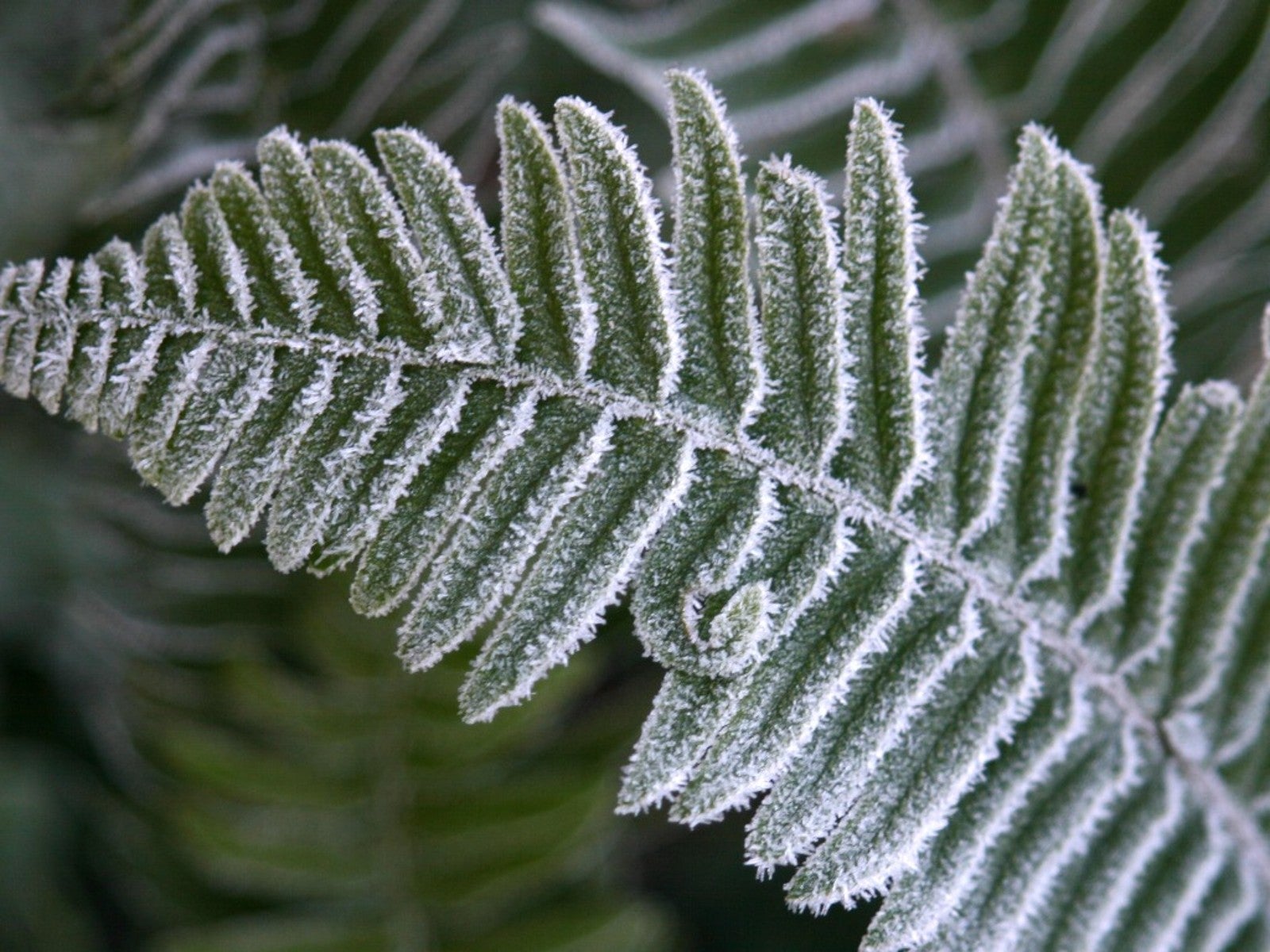

Did you know that fern hardiness extends year-round in some places? Fern cold hardiness varies depending on your climate zone, but in many areas, you can grow varieties that provide year-round, evergreen foliage.
About Cold Tolerant Ferns
Ferns are beloved shade plants for many gardeners. Unlike most garden plants, ferns do not produce flowers. They are a truly ancient type of plant that has been around for hundreds of millions of years, reproducing through spores rather than seeds.
In the garden, ferns work well in shady areas where you may struggle to grow other plants. They provide interesting, feathery foliage that gives a tropical feel no matter what your local climate is.
Like all ferns, these hardier types prefer partial shade and moist. Rich, organic, and slightly acidic soil is best for most ferns, but there is some variety in soil type preferences.
Because hardy ferns will grow longer in your garden, it’s particularly important to be sure you have the right conditions for the specific ferns you choose. Make sure you understand a fern’s needs before planting it.
Hardy Ferns
When it comes to ferns, cold hardy means something different depending on where you live. If you garden in zones 7 and warmer, these species and fern varieties should give you evergreen foliage:
- Christmas fern - Native to the southern U.S., this fern has leathery, dark fronds that grow about two to three feet high (0.6 to 0.9 m.) and wider than it grows tall. It can tolerate drier soil than some ferns and prefers more shade.
- Southern maidenhair fern - These ferns are native to the south. They grow about 12 to 24 inches (30 to 60 cm.) tall and have yellowish-green, rounded leaves on the wiry fronds. They need constant moisture in the soil and full to partial shade.
- Ebony spleenwort - This is a smaller native species, not growing much more than 20 inches (50 cm.) tall and with dark green fronds. This is a good option for drier areas in the garden, as it does not like wet soil.
- Hay scented fern - As the name suggests, this fern, when crushed, smells of freshly mown hay. It tolerates some drought conditions and grows 18 to 30 inches (46 to 76 cm.) tall. It has delicate, bright green fronds.
- Holly fern - Holly fern has gloss, dark green fronds, a lot like its namesake plant. Also like hollies, they are evergreen in their native southern range. These ferns do not tolerate drought well, so water during dry conditions.
- Southern wood fern - For a real statement, choose this tall variety that can grow up to four feet (1.2 m.). Southern wood fern is evergreen in its native south where it grows in along streams and in marshy areas. Save this one for wet, shady spots in your garden.
- Male fern - Male fern is native in the south and has a classic, tall, vase-like growth habit. It can grow as tall as five feet (1.5 m.) and needs consistent moisture.
- Japanese painted fern - Not native to North America, this is still a striking beauty in the winter garden. Diminutive in size, it only grows 10 to 15 inches (25 to 38 cm.) tall. What makes Japanese painted fern so stunning is the coloring, which includes silver-gray, green, and rich burgundy.
- Japanese tassel fern - This evergreen species has an upright growth habit, reaching up to three feet (0.9 m.). The leaves are dark and particularly lacy and delicate. Grow in light to full shade with steady moisture in the soil.
- Korean rock fern - Like the tassel fern, this species has feathery, dark green fronds, but it is shorter, growing only to about 12 inches (30 cm.).
Keep in mind that fern cold hardiness is relative. Check each type against your climate zone to be sure it will grow year-round in your garden.
Gardening tips, videos, info and more delivered right to your inbox!
Sign up for the Gardening Know How newsletter today and receive a free copy of our e-book "How to Grow Delicious Tomatoes".

Mary Ellen Ellis has been gardening for over 20 years. With degrees in Chemistry and Biology, Mary Ellen's specialties are flowers, native plants, and herbs.
-
 Looking For Plants To Give You The Soft And Fuzzies? Try These 5 Fuzzy Leaf Plant Options
Looking For Plants To Give You The Soft And Fuzzies? Try These 5 Fuzzy Leaf Plant OptionsLovers of texture, drama, silver foliage and tactile plants will adore these special sensory garden additions. These fuzzy leaf plant options will leave you all aglow
By Susan Albert
-
 Get Ready For A Summer Of Hummers! Grow These Full Sun Hummingbird Plants and Flowers
Get Ready For A Summer Of Hummers! Grow These Full Sun Hummingbird Plants and FlowersIf you’re lucky enough to enjoy a sunny backyard, make sure you are maxing out on your pollinator opportunities and grow these full sun hummingbird plants and flowers
By Tonya Barnett
-
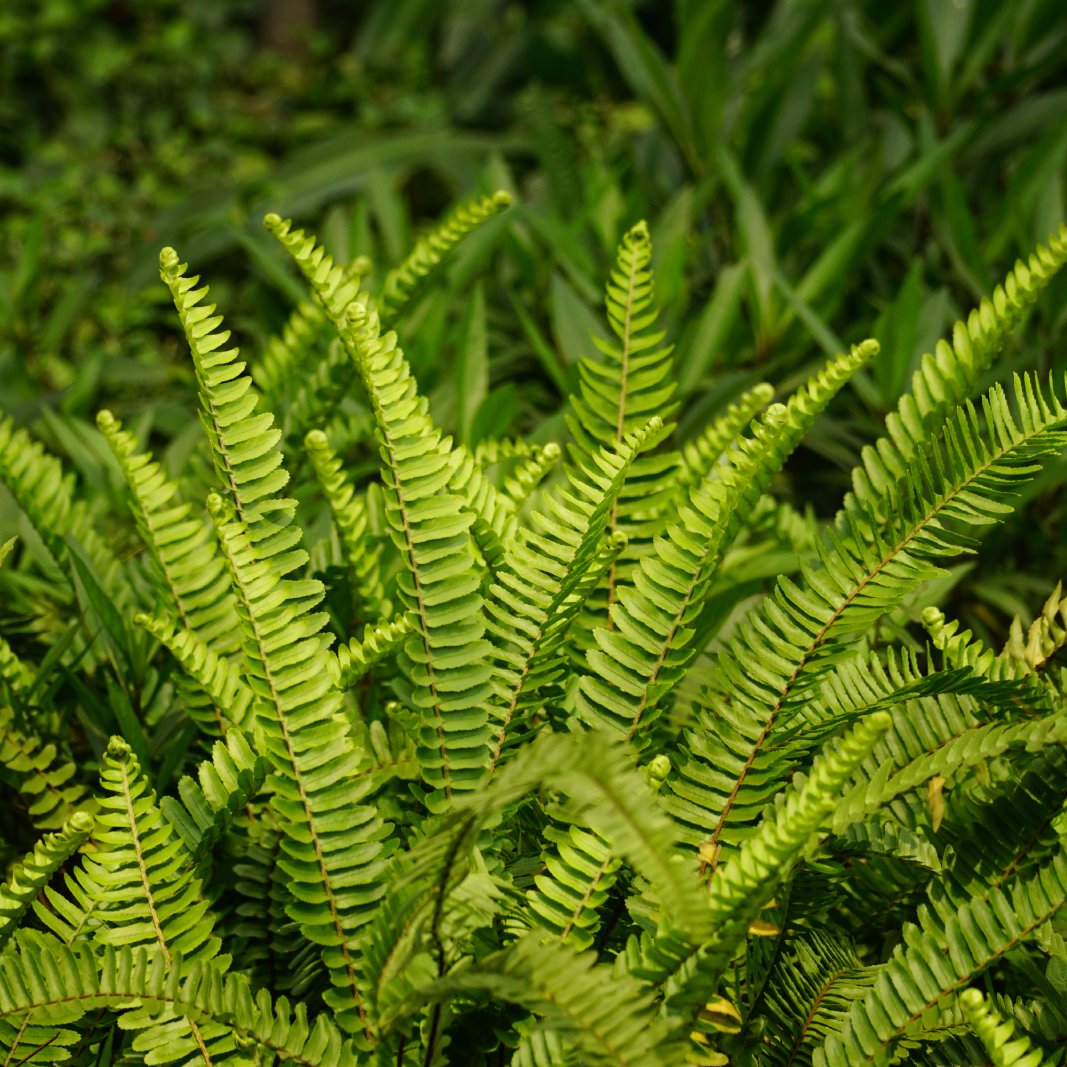 Polypodium Care: How To Grow And Care For Polypodium Ferns
Polypodium Care: How To Grow And Care For Polypodium FernsA small fern with a funny name, the polypodium - or polypody fern - likes to be shaded by trees and enjoys a moist environment.
By Bonnie L. Grant
-
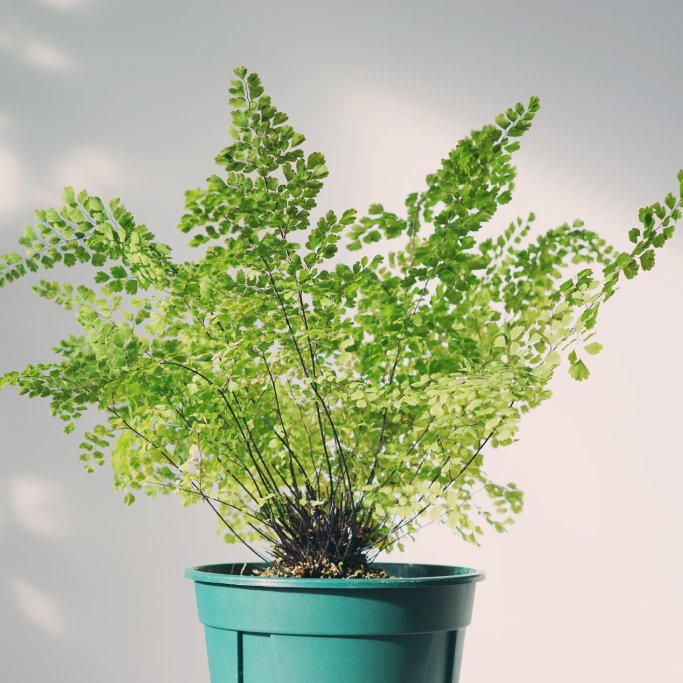 Southern Maidenhair Fern: Complete Care And Growing Guide
Southern Maidenhair Fern: Complete Care And Growing GuideThe delicate adiantum capillus-veneris, or maidenhair fern is a great addition to a woodland garden or indoor plant collection.
By Susan Albert
-
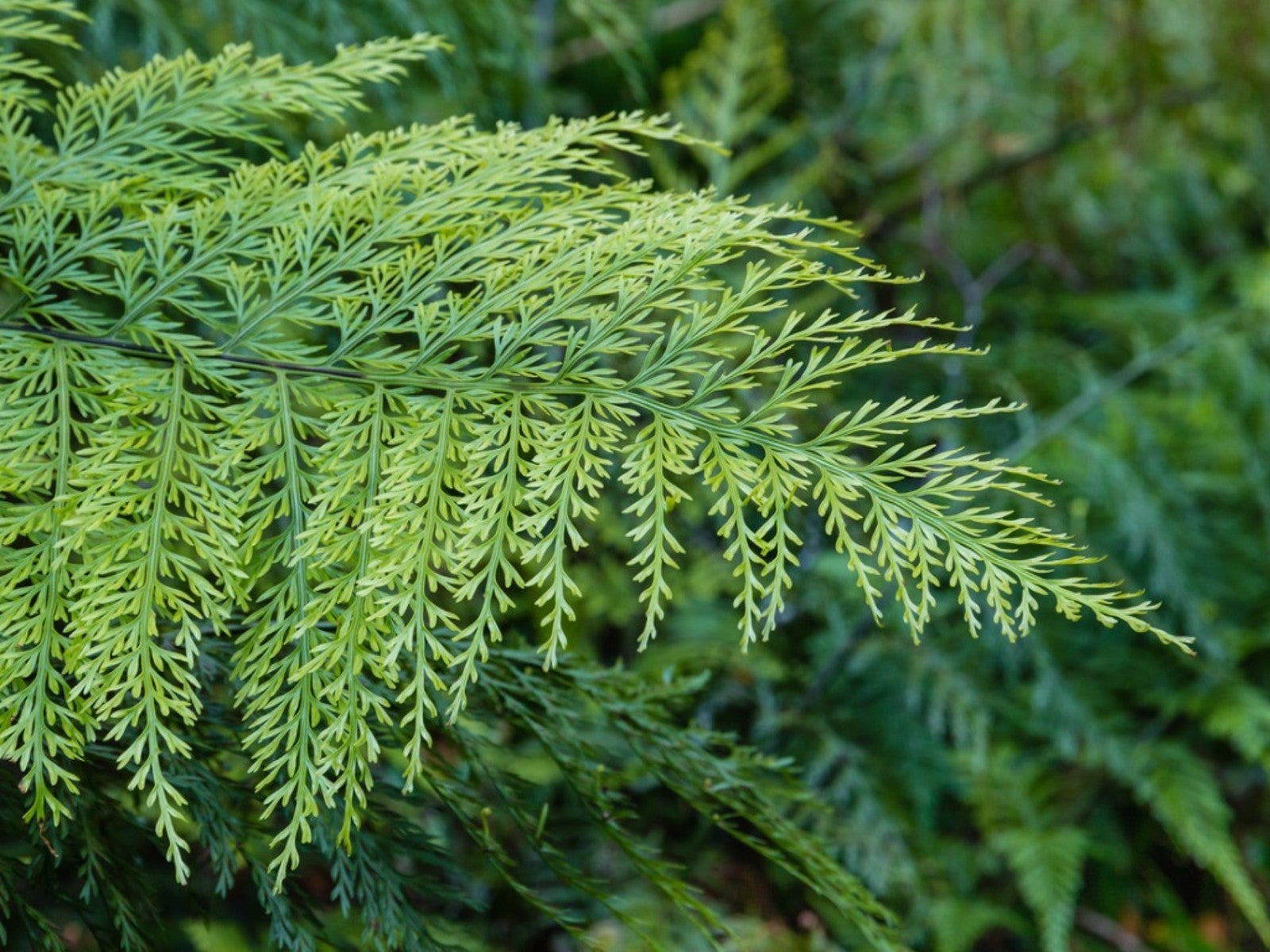 How To Care For A Tropical Mother Fern Indoors
How To Care For A Tropical Mother Fern IndoorsMother fern is a fern native to New Zealand sold as a common indoor houseplant. Click the following for information on mother fern indoor care and propagation.
By Amy Grant
-
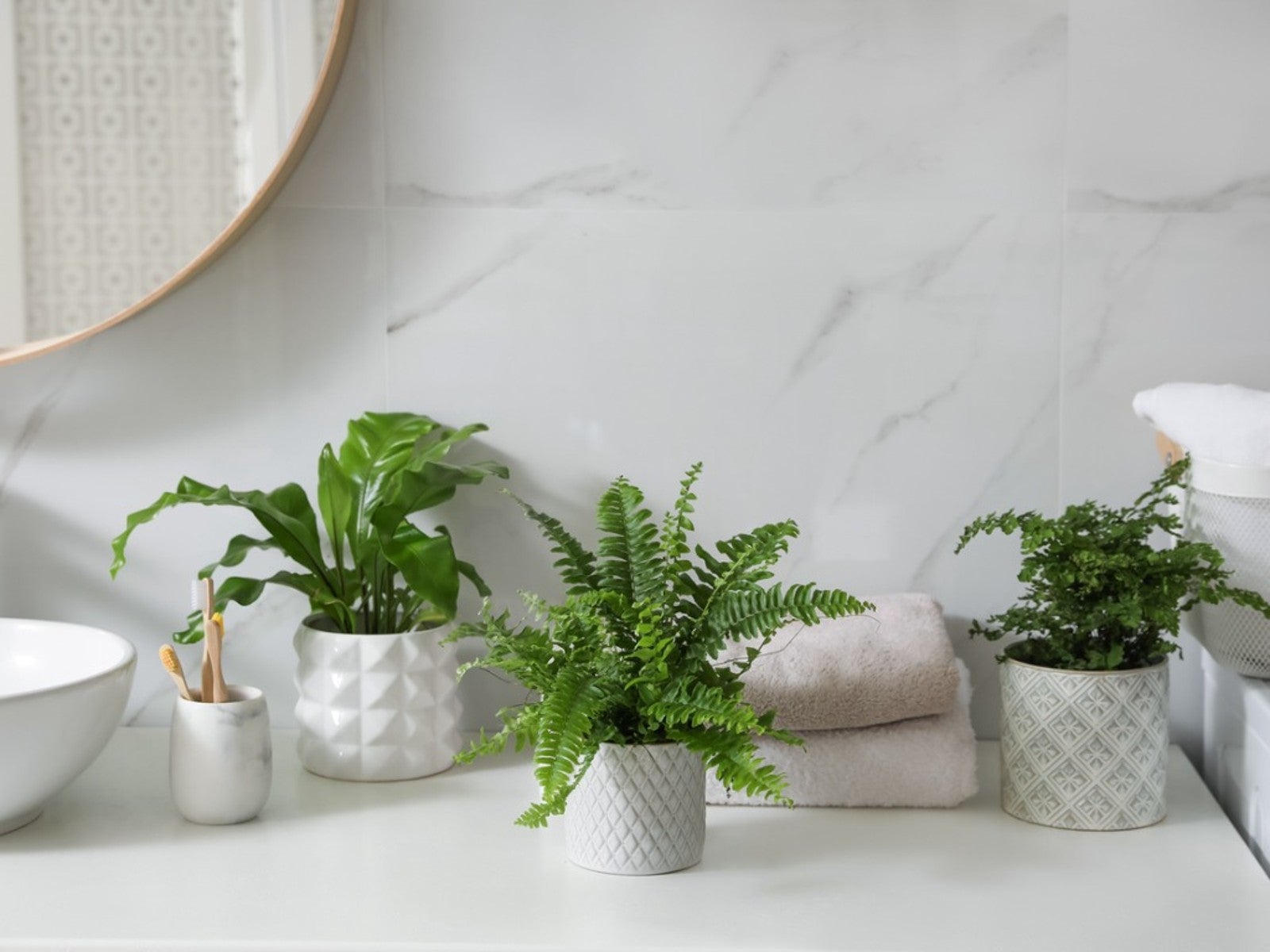 Growing Ferns As Houseplants: 9 Types Of Ferns To Grow Indoors
Growing Ferns As Houseplants: 9 Types Of Ferns To Grow IndoorsFern houseplants can add a tropical feel to an indoor space. Click here for nine beautiful varieties of fern well-suited to indoor growing.
By Mary Ellen Ellis
-
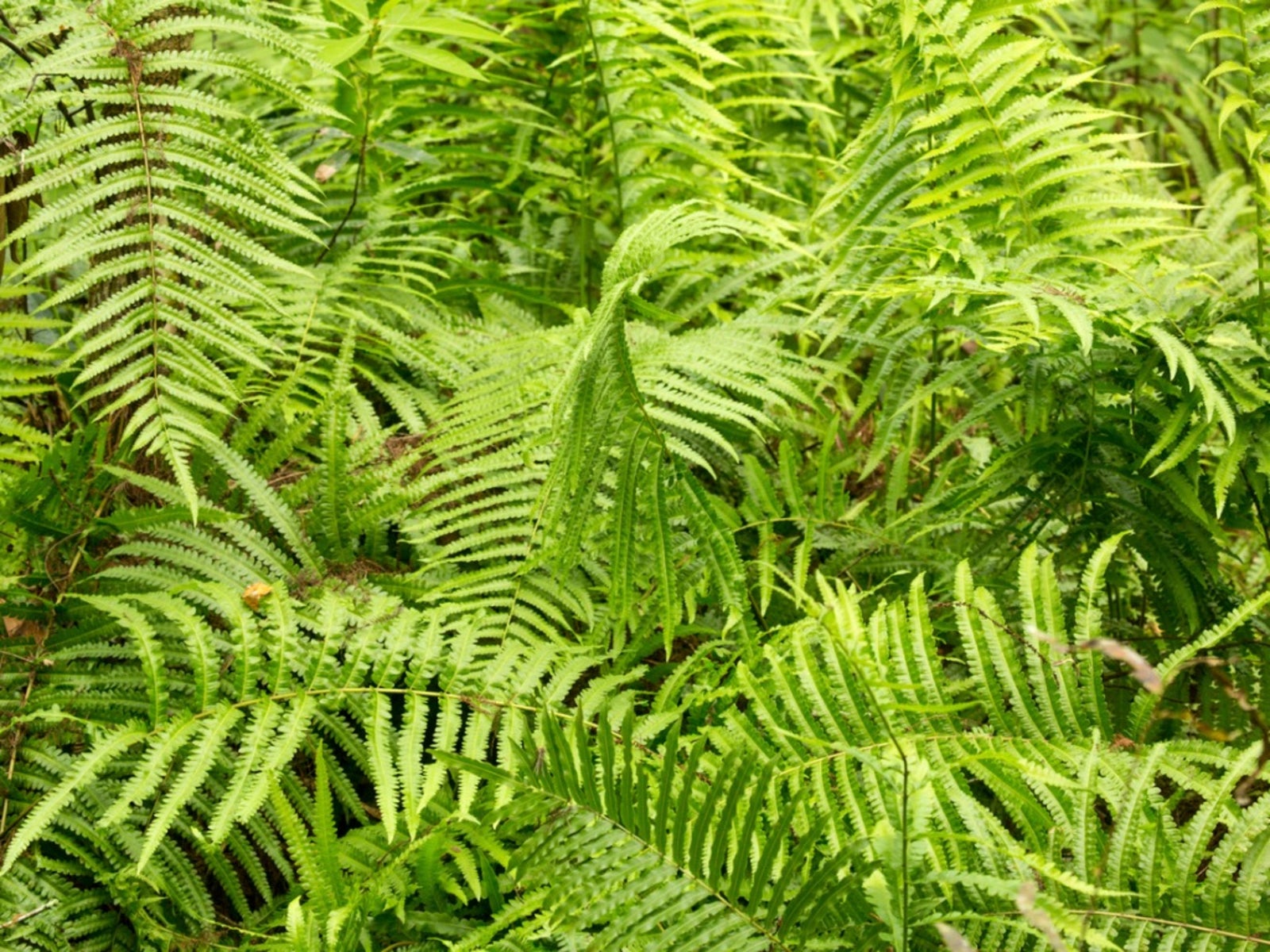 Shield Fern Plant Info – Growing Southern Shield Ferns In Gardens
Shield Fern Plant Info – Growing Southern Shield Ferns In GardensFor a shade loving and deer resistant plant, try growing Southern Shield ferns. Click here for more information on this fern variety.
By Amy Grant
-
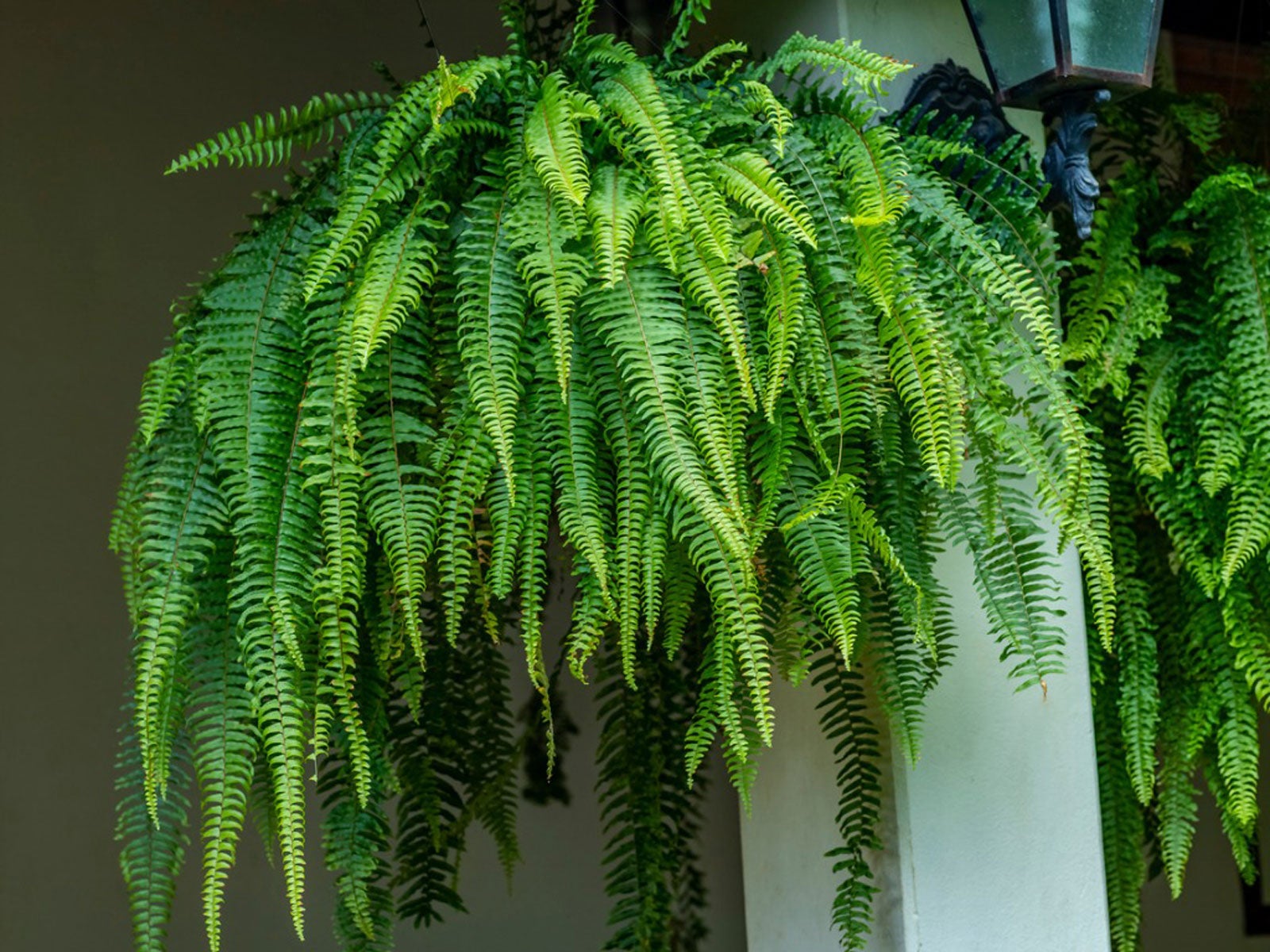 Fern In A Hanging Container: Care Of Ferns In Hanging Baskets
Fern In A Hanging Container: Care Of Ferns In Hanging BasketsFerns in hanging baskets are charming, and growing ferns in hanging containers outdoors is common over summer. Click here for tips on growing hanging ferns.
By Mary H. Dyer
-
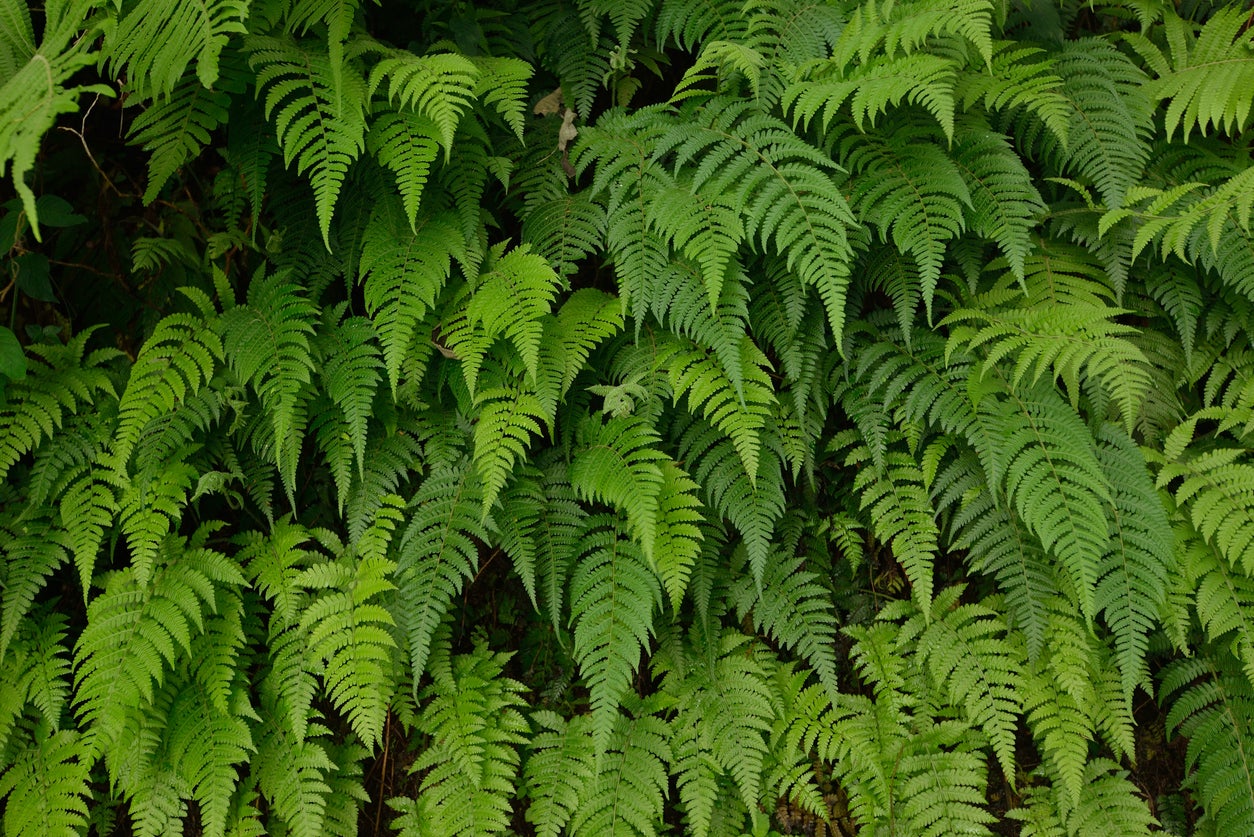 Common Fern Varieties: Learn About Different Ferns To Grow
Common Fern Varieties: Learn About Different Ferns To GrowIf you’re searching for an unusual type plant to use in mostly shaded areas, consider the graceful textures and forms of fern varieties. Take advantage of various types of fern plants to grace the wooded landscape. Click here for some suggestions.
By Becca Badgett
-
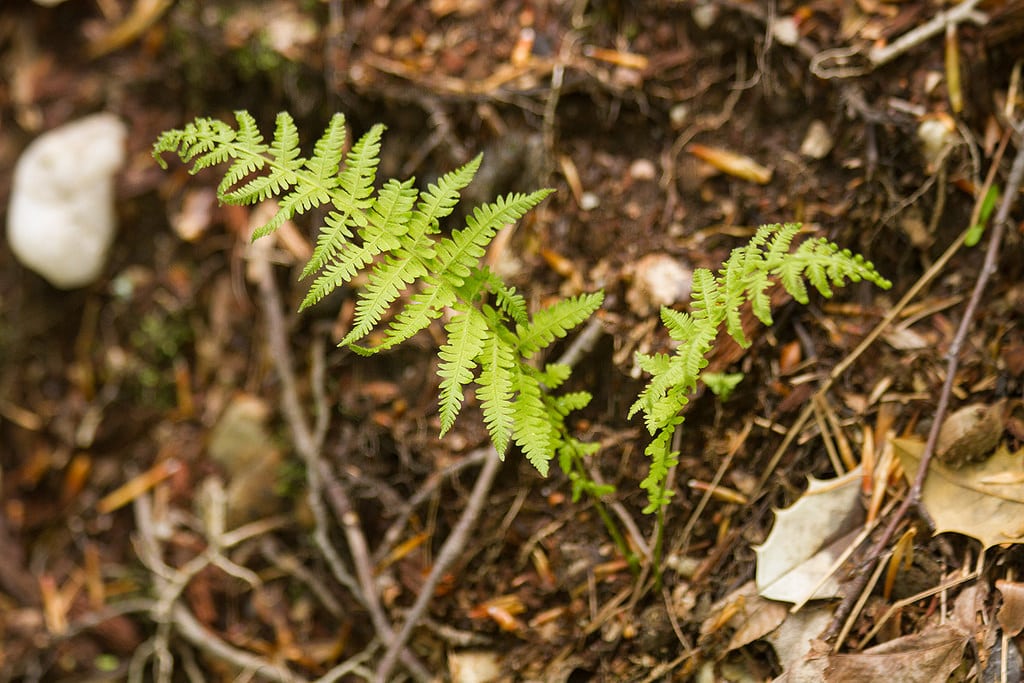 New York Fern Plants – How To Grow New York Ferns In Gardens
New York Fern Plants – How To Grow New York Ferns In GardensNew York fern, Thelypteris noveboracensis, is a woodland perennial that is native to and found throughout the eastern U.S. Learn more about the fern in this article and consider putting this native plant in your woodland garden or natural wetlands garden.
By Mary Ellen Ellis